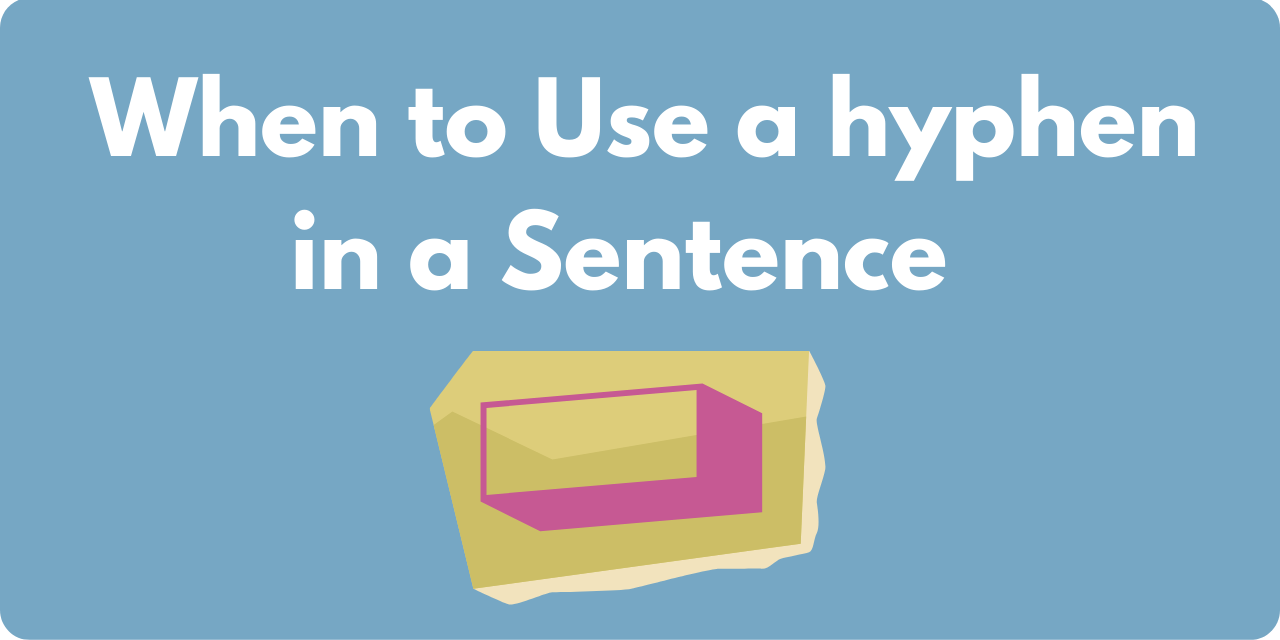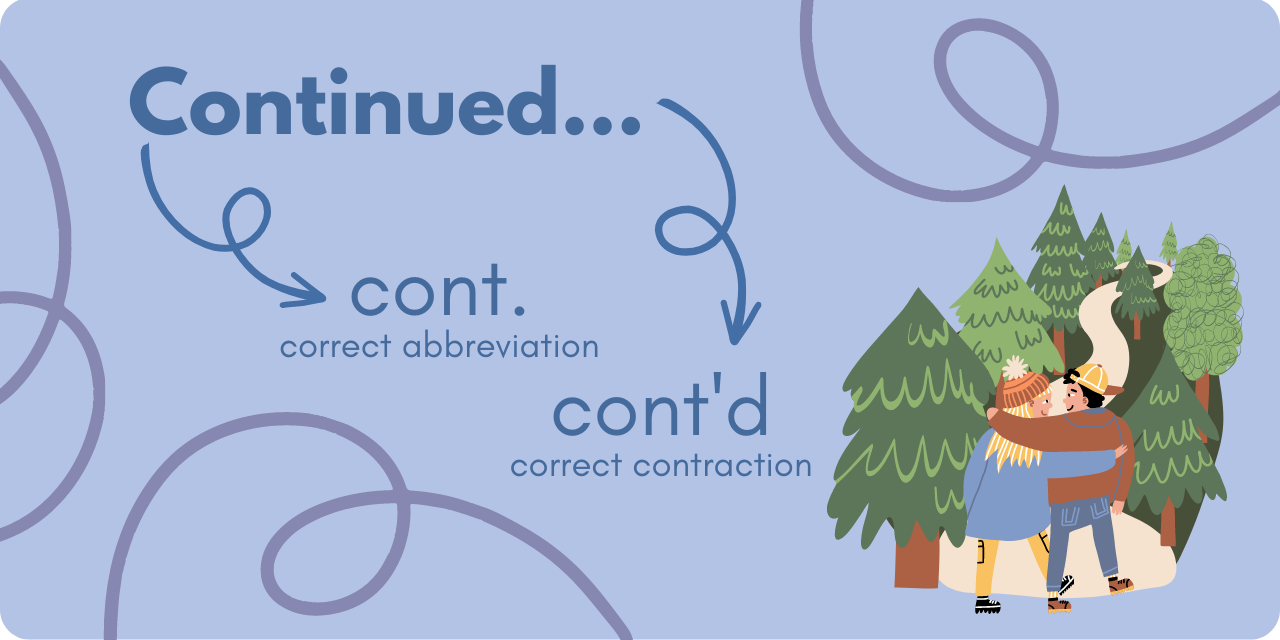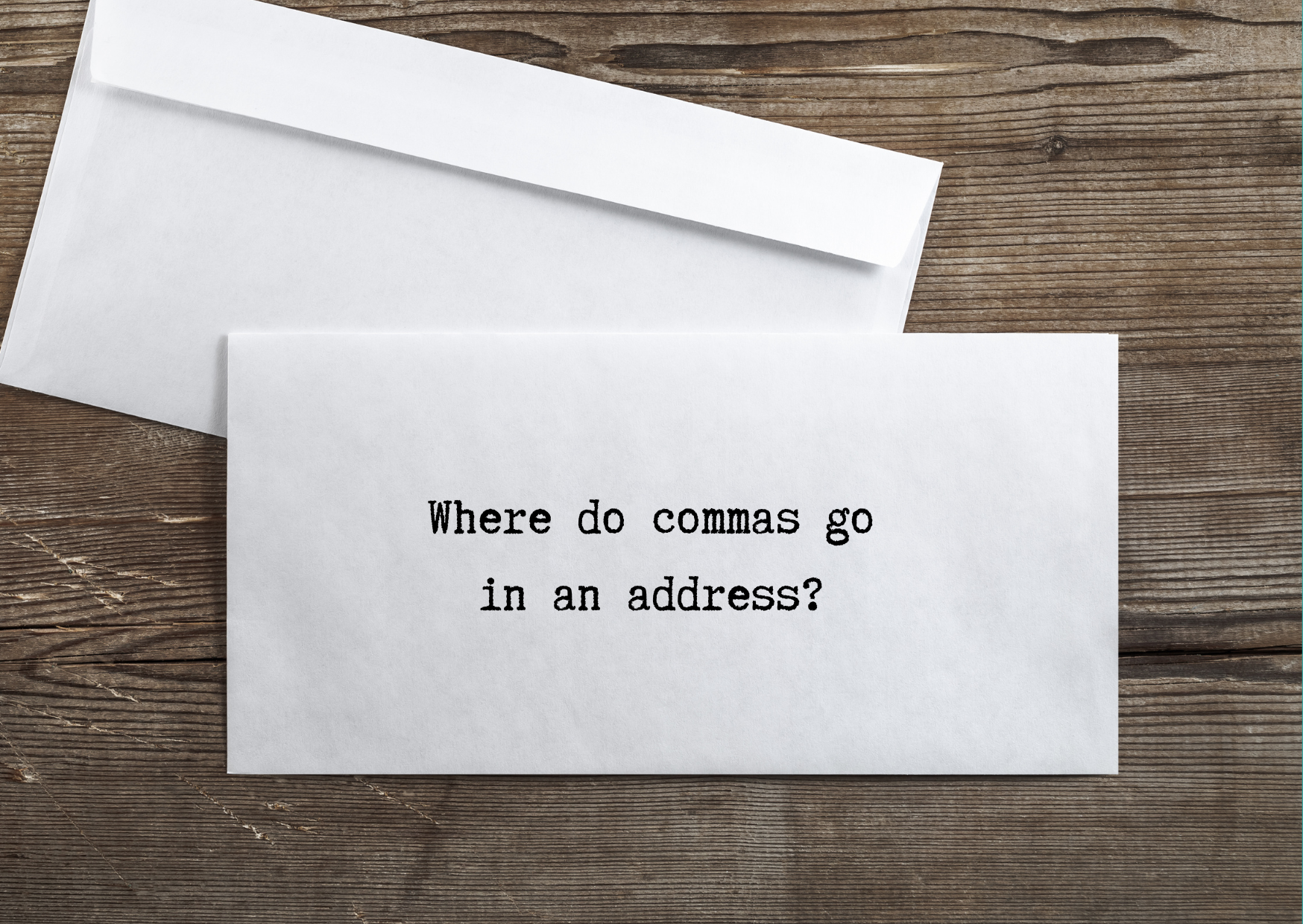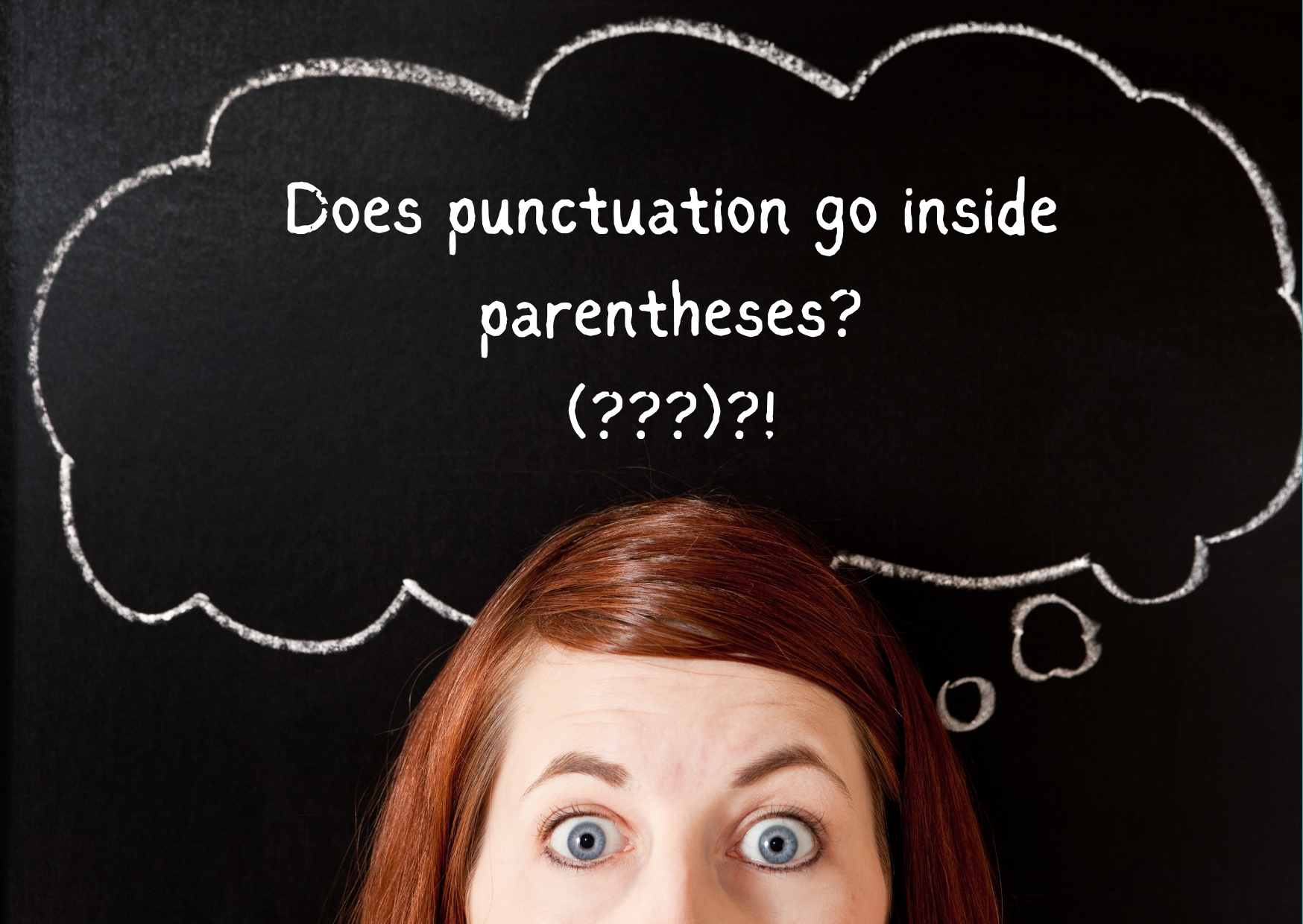When it comes to punctuation, not all series are created equal. On a discussion board I participate in (as part of Marcia Yudkin’s Marketing for More program), this sentence came up in a discussion about commas:
I dropped the pickle jar, it rolled across the floor, tumbled down the stairs, and shattered in a million pieces.
Is the sentence punctuated correctly?
Look again. You may be focusing on the comma before the word and. It’s an optional comma known as the "serial comma." But it is the series itself that matters. The parts of the series of what the pickle jar did are:
- rolled across the floor
- tumbled down the stairs
- shattered in a million pieces
"I dropped the pickle jar" is not part of the series. It is an independent clause. Therefore, the sentence–as written–requires either a period or a semicolon after jar. Another way of fixing the sentence would be to insert an and after jar.
This sentence follows the same pattern and is also punctuated wrong:
I wrote the email tips, Gaylen designed the booklet, researched printers, and negotiated a print run of 5000 copies.
Here are three correctly punctuated versions:
I wrote the email tips. Gaylen designed the booklet, researched printers, and negotiated a print run of 5000 copies.
I wrote the email tips; Gaylen designed the booklet, researched printers, and negotiated a print run of 5000 copies.
I wrote the email tips, and Gaylen designed the booklet, researched printers, and negotiated a print run of 5000 copies.
In each sentence above, the comma after printers is optional.
I prefer the first version, with a period after tips. The short, crisp sentence focuses on just one thing–what I did. The next sentence states what Gaylen did.
Whenever you are unsure about the correct punctuation in what seems to be a series, see if you can break the sentence in two. If you can, do it. Also, use your grammar and spelling checker. Microsoft Office does a fine job of finding such errors.
Lynn
Syntax Training






